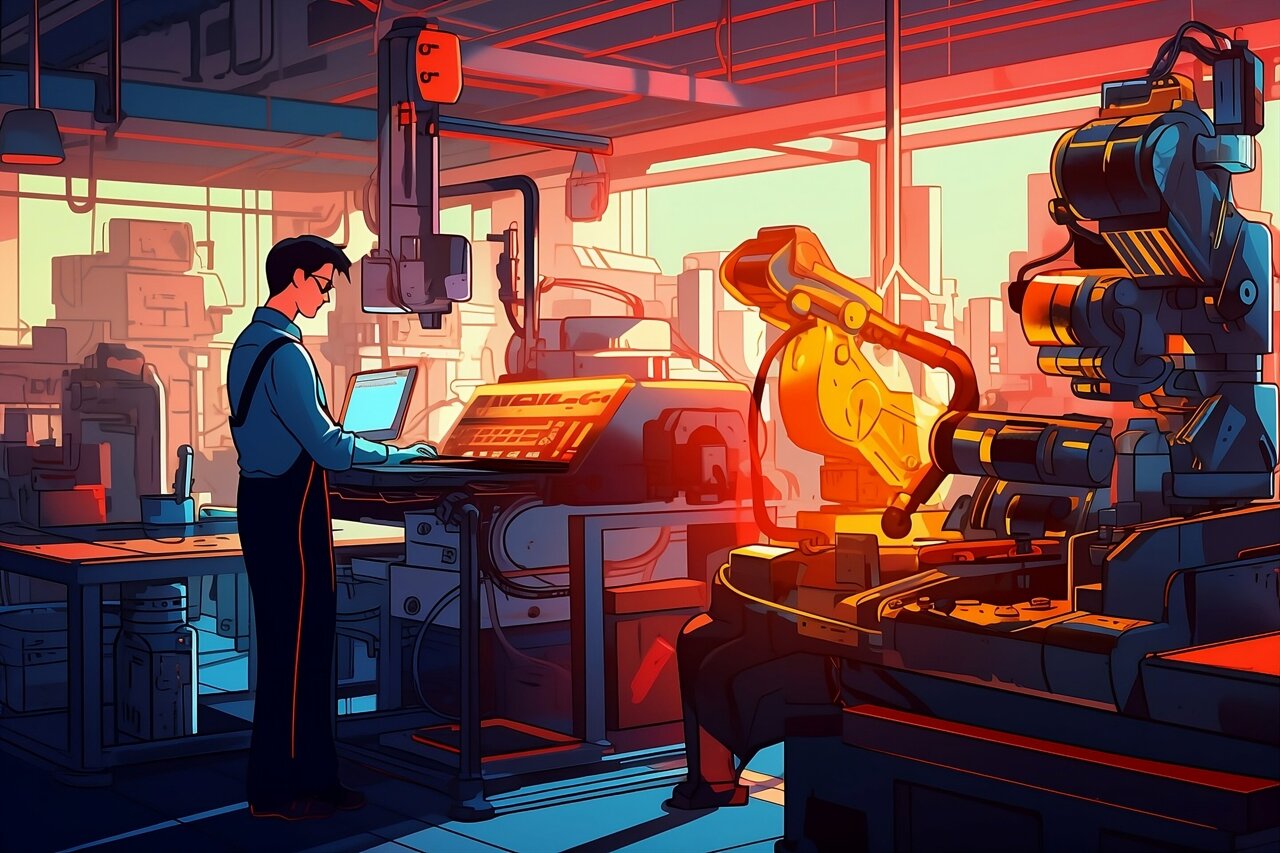Like many individuals, you may resonate with the common concern about the potential threat posed by AI in the workforce, often leading to discussions in various settings such as offices and coffee shops. The fear that AI will replace human jobs has become a prevalent topic, prompting questions about its validity and whether it stems from a collective unease surrounding rapid technological advancements. However, a recent study conducted by MIT CSAIL, MIT Sloan, The Productivity Institute, and IBM’s Institute for Business Value seeks to challenge and provide insights into this apprehension.
The research delves into the economic feasibility of utilizing AI to automate tasks within workplaces, particularly focusing on the realm of computer vision. Contrary to widespread assumptions, the study reveals that only approximately 23% of wages allocated to tasks involving vision are currently deemed economically viable for AI automation. In simpler terms, it is financially sensible to substitute human labor with AI in only a quarter of the jobs where vision plays a significant role.
Neil Thompson, the Principal Investigator at MIT CSAIL and the Initiative on the Digital Economy, highlights the study’s findings, suggesting a more gradual integration of AI across various sectors. The research concentrates on computer vision, a domain that has seen notable advancements in cost modeling. Unlike the conventional approach that broadly assesses AI’s potential impact, this study meticulously examines the feasibility of AI in automating specific tasks. What distinguishes this research is its three-pronged analytical model, which evaluates not only the technical performance prerequisites for AI systems but also the characteristics required for such performance and the economic viability of constructing and deploying these systems.
Drawing from extensive experience in computer vision, the researchers leverage abundant data to evaluate performance and economic feasibility. This contrasts with the evolving nature of data related to novel large language models. However, insights gained from computer vision models offer a glimpse into the potential future trajectory with the proliferation and adoption of language models. As per the researchers, the costs associated with developing, deploying, and operating AI could decrease, potentially transforming the technology industry to offer AI solutions as services, thereby reducing the need for substantial capital investments.
The study also examines how potential reductions in AI system costs could impact the pace of automation. Significant cost reductions in implementing AI may accelerate its adoption in various sectors, potentially leading to swift changes in the job market. Conversely, factors such as increased computing requirements, data scarcity, and a shortage of skilled workers could elevate costs, slowing down the transition and allowing more time for adaptation by workers and industries.
A pivotal aspect addressed in the study is the emergence of AI-as-a-service platforms, which could revolutionize task automation by shifting from individual firm-level deployments to a broader service-oriented approach. This transformation could democratize access to AI technologies, enabling smaller businesses to leverage AI without extensive in-house resources. Moreover, it could pave the way for new business models centered around AI services.
The implications of this shift extend beyond mere economic considerations, encompassing broader societal impacts like workforce retraining and policy formulation. The study opens avenues for further exploration into AI’s scalability, cost-effectiveness, and its potential to create new job categories. As certain roles become automated, there will be an increasing demand for positions focusing on managing, maintaining, and enhancing AI systems, as well as roles where human skills remain indispensable.
Furthermore, the study underscores the potential macroeconomic benefits of improved productivity growth resulting from reduced AI costs and new AI services. This could spur employment and income growth, ultimately enhancing living standards. Martin Fleming, a Fellow at The Productivity Institute, envisions a future where software, cloud services, and consulting firms establish a new business model centered on AI-as-a-Service at scale, akin to the transformation witnessed in the semiconductor industry two decades ago.
In conclusion, the study’s implications transcend immediate economic implications, touching upon societal transformations and the evolving landscape of work in the era of AI integration. By offering a nuanced perspective on the feasibility and economic viability of AI adoption, the research serves as a valuable reference point for shaping future explorations and policy decisions in the dynamic intersection of technology, economics, and labor markets.
For more detailed information, you can refer to the study titled “Beyond AI Exposure: Which Tasks are Cost-Effective to Automate with Computer Vision?” provided by Massachusetts Institute of Technology.
Citation: Rethinking AI’s impact: Study reveals economic limits to job automation (2024, January 23) retrieved 23 January 2024 from [source link]
This content is copyrighted and should only be used for private study or research purposes.










